Nestled among the rolling hills of Tuscany lies Cortona, a charming Italian town that captured the world’s imagination through Frances Mayes’ beloved memoir “Under the Tuscan Sun.” When I first wandered through Cortona’s narrow medieval streets, I understood why Mayes fell so deeply in love with this place.
This picturesque hillside town not only inspired a bestselling book and film but sparked a genuine travel revolution. It sent countless dreamers to seek their own slice of Italian paradise.
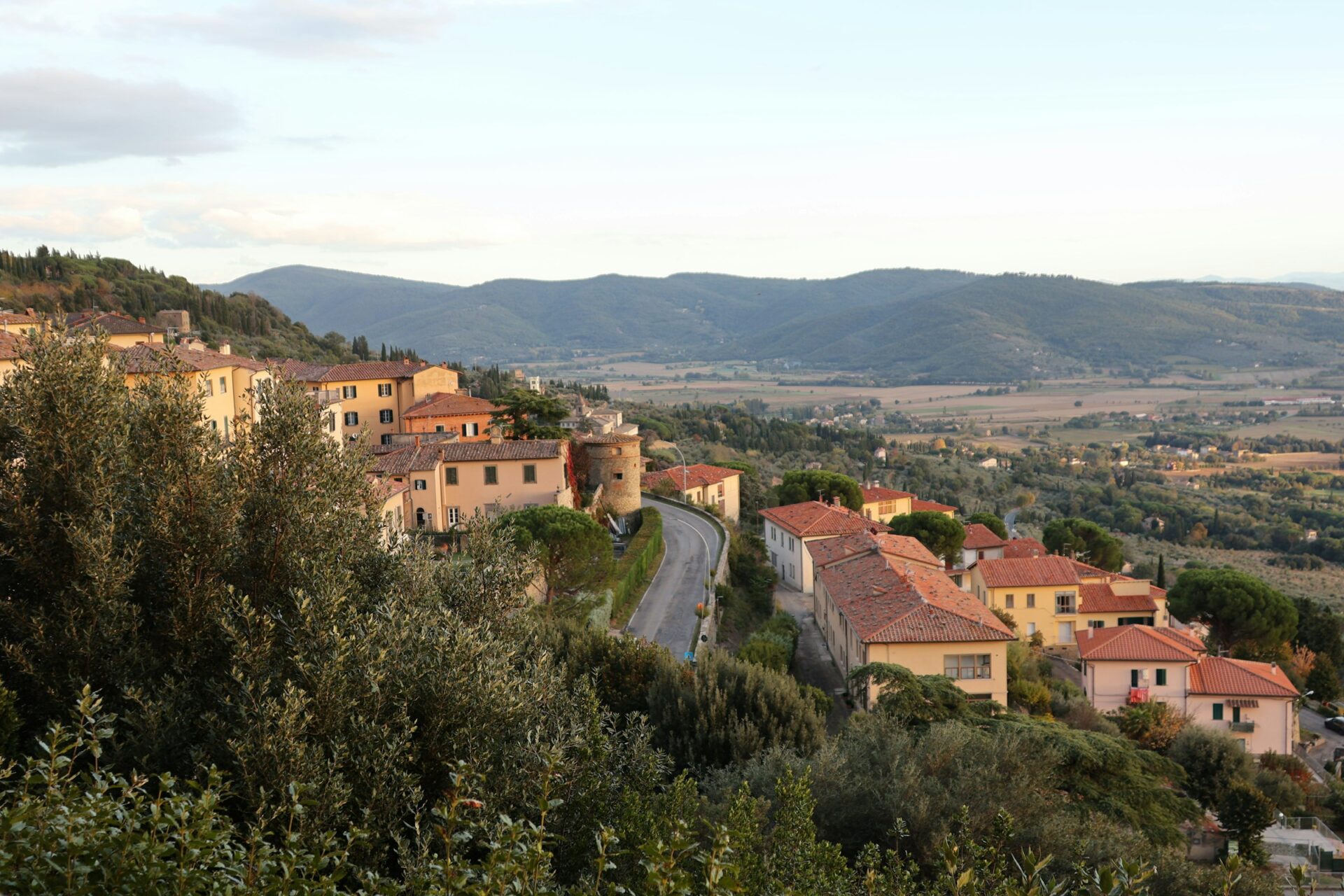
The story of Bramasole, Mayes’ abandoned villa, resonated with anyone who ever fantasized about leaving everything behind for a new beginning. Her vivid descriptions of restoring the crumbling property while embracing local traditions transformed Cortona from a quiet Tuscan town into a must-visit destination for travelers worldwide.
What makes Cortona truly special isn’t just its newfound fame but the authentic Italian experience it still offers despite its popularity.
Walking through the spectacular Tuscan countryside that surrounds the town, you can feel the same magic that inspired Mayes’ wanderlust. The golden sunlight bathes ancient stone buildings, locals gather in bustling piazzas, and the simple pleasures of Italian life unfold around every corner. Sometimes, the most transformative travel experiences come from the most unexpected places.
Cortona: The Heart of the Tuscan Sun
Perched 500 meters above sea level on an Etruscan hillside, Cortona captivates visitors with its ancient charm and breathtaking views. This Tuscan gem rose to international fame through Frances Mayes’ memoir and became a symbol of the Italian dream.
Discovering the Enchantment of Cortona
The first time I wandered through Cortona’s winding medieval streets, I understood why Frances Mayes fell in love with this place. The town sits majestically between Valdichiana and Tuscan Valtiberina, offering stunning panoramic views across the countryside.
Cortona’s architecture tells stories of its rich Etruscan heritage. Ancient stone buildings with terracotta roofs line the narrow alleys that climb up and down the hillside like a beautiful maze.
I found the most magical moments in early mornings when the town slowly awakens. Local shopkeepers arrange fresh produce while the aroma of freshly baked bread fills the air. The main square, Piazza della Repubblica, becomes the perfect spot to sip espresso and watch daily Italian life unfold.
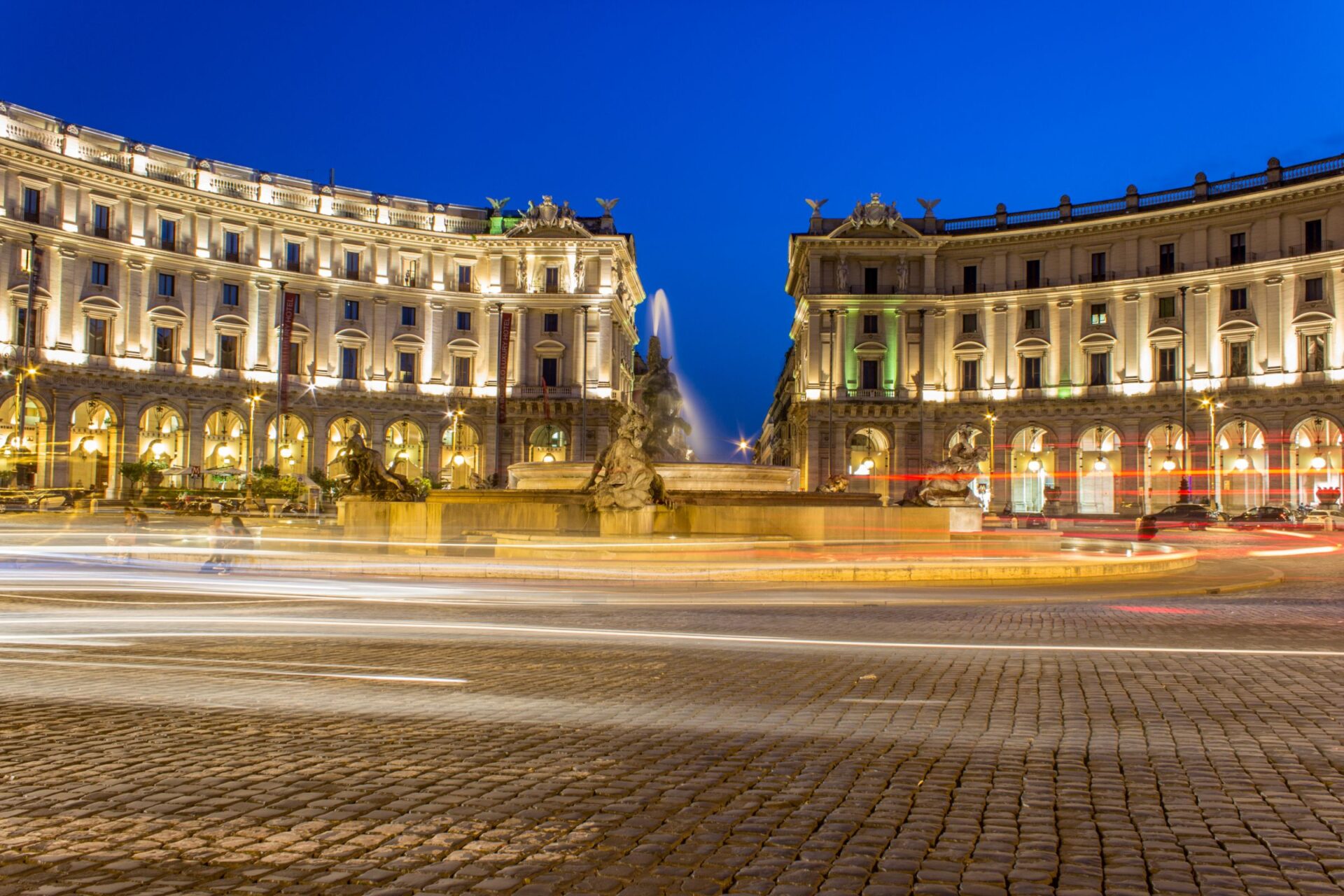
The Cultural Impact of ‘Under the Tuscan Sun’
Frances Mayes’ memoir transformed this once-quiet town into a sought-after destination. The book and subsequent film showcased the beauty of renovating an abandoned villa and embracing the Tuscan lifestyle.
After the movie’s release, tourism boomed. I’ve met countless travelers who came searching for their own Tuscan adventure after being inspired by Mayes’ story.
Despite its popularity, Cortona maintains its authentic charm. Local traditions continue uninterrupted alongside the curious visitors exploring the town’s cobblestone streets.
The cultural impact extends beyond tourism. Mayes’ work sparked a whole genre of travel memoirs about finding oneself in beautiful foreign places. Cortona became not just a location but a symbol of new beginnings.
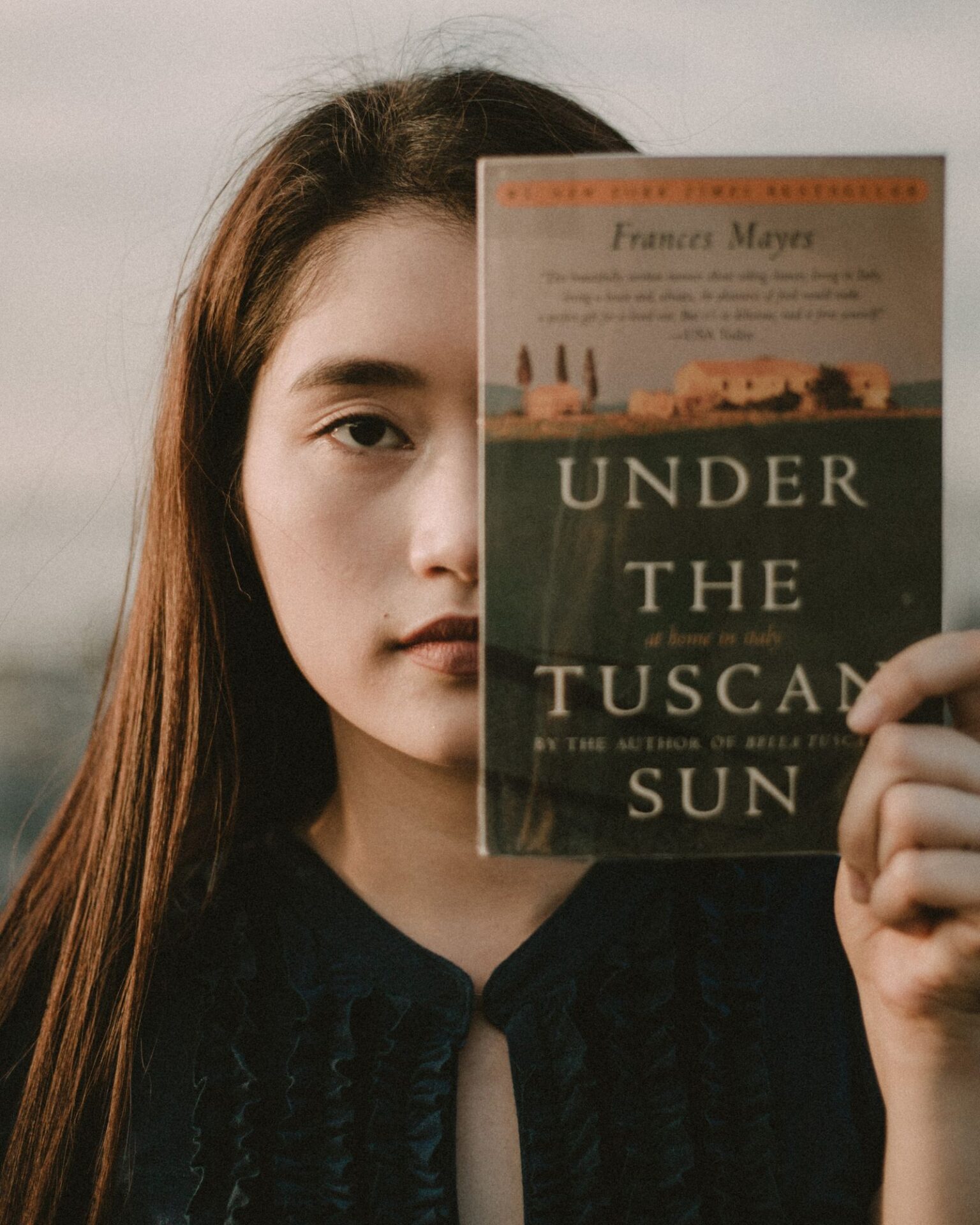
Living the Italian Life in the Hills of Tuscany
Daily life in Cortona moves at a wonderfully relaxed pace. Mornings start with visits to local markets for fresh ingredients – something I quickly adopted during my stay.
The food culture here is exceptional. Simple, seasonal dishes highlight the region’s bounty. I learned to appreciate the ritual of long lunches with multiple courses and conversations that stretch into the afternoon.
Community remains at the heart of Cortona. Locals gather for evening passeggiata (strolls), stopping to chat with neighbors and friends.
The surrounding countryside offers endless opportunities for exploration. I often took day trips to nearby vineyards for wine tastings or hiked the rolling hills dotted with cypress trees and olive groves.
When the golden Tuscan sun sets over the valley, lighting up Cortona’s stone walls, it’s easy to understand why this special place continues to capture hearts around the world.

Tuscan Cuisine: A Journey for the Palate
When I think of Tuscany, my taste buds immediately come alive with memories of rustic flavors and simple ingredients transformed into extraordinary meals. The region’s cuisine represents the perfect marriage of tradition and quality, where local ingredients shine in every dish.
Exploring Traditional Italian Food
Tuscan cuisine celebrates simplicity with an emphasis on fresh, local ingredients. During my cooking vacation in Tuscany, I discovered that many dishes begin with the region’s exceptional olive oil, which forms the foundation of almost every meal.
The markets in Florence offer a sensory overload of colors and aromas. I spent hours wandering through stalls filled with fresh produce, artisanal cheeses, and cured meats like finocchiona (fennel-infused salami) that’s unique to the region.
Some Tuscan staples I fell in love with include:
- Ribollita: A hearty vegetable and bread soup
- Pappa al Pomodoro: Tomato and bread soup
- Bistecca alla Fiorentina: Thick T-bone steak grilled over hot coals
- Pici: Hand-rolled thick spaghetti typically served with wild boar ragù
The region’s food philosophy embraces “cucina povera” (poor cooking), where simple ingredients create dishes with extraordinary depth of flavor.
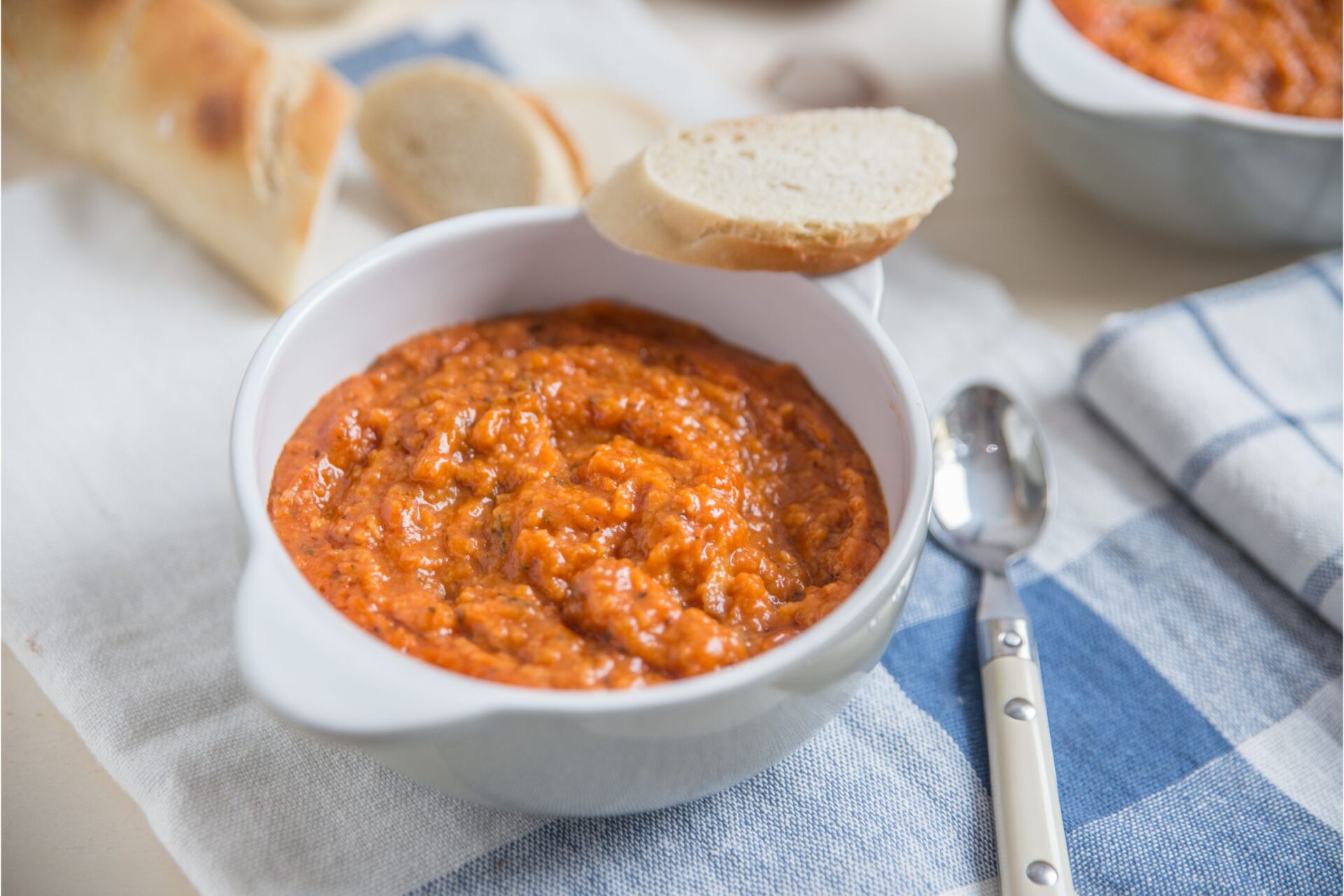
Recipes That Embody the Spirit of Tuscany
My cooking class with a Michelin-starred chef taught me that Tuscan recipes rely on quality ingredients rather than complicated techniques. The chef emphasized that even the simplest dish can be extraordinary when made with passion and fresh components.
One afternoon, we prepared panzanella, a bread salad that transforms stale bread, tomatoes, and basil into something magical. The secret was using the region’s peppery olive oil and vine-ripened tomatoes.
Another favorite recipe I mastered was cinghiale in umido (wild boar stew). The meat simmers for hours with herbs and Chianti wine until tender. This dish perfectly represents Tuscany’s connection to hunting traditions and local ingredients.
Traditional desserts like castagnaccio (chestnut flour cake) show how Tuscans historically used available ingredients to create satisfying treats, often without expensive sugar or butter.

The Role of Food in Tuscan Culture and Travel
Food isn’t just sustenance in Tuscany—it’s the centerpiece of social interaction. I noticed that meals often stretch for hours, with multiple courses encouraging conversation and connection.
Wine plays an essential role in Tuscan dining. The region’s famous Chianti, Brunello di Montalcino, and Vino Nobile di Montepulciano complement meals perfectly. Local sommeliers taught me to appreciate the terroir that gives each wine its distinctive character.
Cooking vacations have become increasingly popular for travelers seeking authentic experiences. My class in a restored villa offered more than recipes—it provided insight into the Tuscan way of life.
Food festivals celebrate seasonal harvests throughout the year. I attended a truffle festival where entire towns transformed into culinary wonderlands, with dishes highlighting the prized fungus and locals sharing tales of truffle hunting adventures.
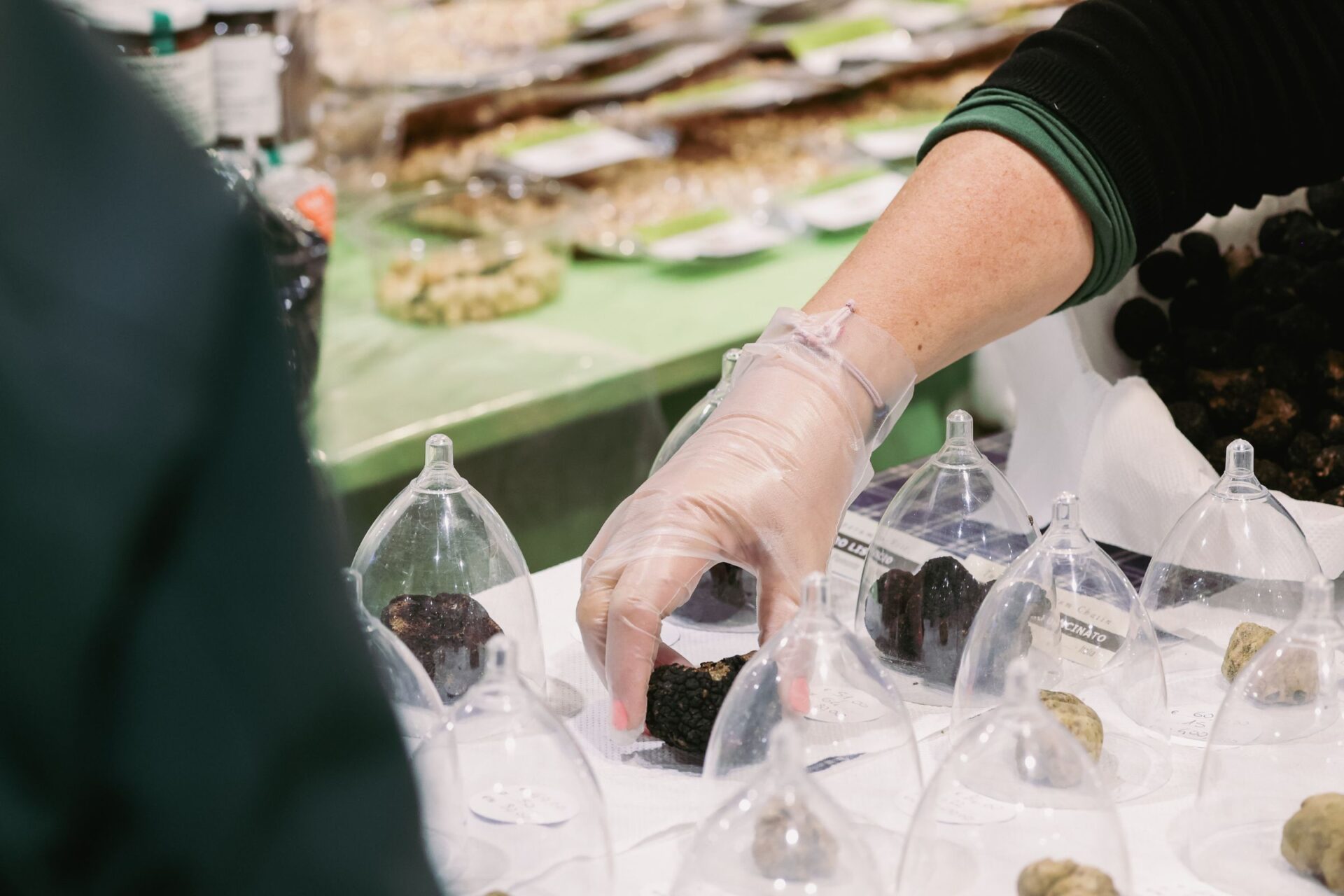
The Literary Journey: Memoirs that Move Us
Travel writing transforms distant places into vivid experiences we can enjoy from our armchairs. These personal accounts do more than describe locations—they capture transformations and new beginnings.
Frances Mayes and the Tradition of Travel Writing
Frances Mayes revolutionized travel writing with “Under the Tuscan Sun,” a memoir that’s both poetic and practical. Her beautiful writing style creates wonderful visuals that transport readers directly to the Tuscan countryside.
I’ve always admired how Mayes balances the romance of Italy with honest accounts of renovation frustrations. She continues a rich tradition of writers who don’t just observe but immerse themselves in new cultures.
What makes her work special is how she turned personal experience into a cultural phenomenon. Behind every “Tuscan cheese stick” in American restaurants lies the influence of her evocative writing.
Beyond Tuscany: A Year in Provence and Other Adventures
While Tuscany captured hearts through Mayes’ eyes, Peter Mayle’s “A Year in Provence” created similar magic in southern France. These books sparked a wave of memoirs where writers buy homes abroad and document their adventures.
I’ve collected many such books on my shelf—stories of restoration projects in Spain, vineyard purchases in Argentina, and cottage renovations in Ireland. Each follows a similar pattern but offers unique cultural insights.
What distinguishes the best travel memoirs is authenticity. They don’t just showcase picturesque landscapes but also reveal challenges and cultural misunderstandings. The writers who admit to their mistakes and confusion create the most relatable and engaging stories.
Wanderlust and World Exploration
The charm of Cortona extends beyond its ancient walls, inspiring travelers to explore both Tuscany and distant lands. Many visitors find that after experiencing this hillside gem, their desire to discover new places is rekindled.
Rekindling the Desire to Travel: Inspiration through Tuscan Tales
When I first visited Cortona, made famous by Frances Mayes’ “Under the Tuscan Sun,” I felt something change inside me. This 25-century-old walled city doesn’t just offer stunning views—it awakens something deeper.
The way sunlight bathes the terracotta rooftops at dusk makes you wonder what other beautiful places exist beyond your comfort zone. Many travelers I’ve met say Cortona was their gateway drug to serious wanderlust.
After exploring narrow cobblestone streets and savoring long lunches in hidden piazzas, I found myself researching backpacking adventures through Europe. It’s common to meet visitors in Cortona cafés planning their next journeys while sipping espresso.
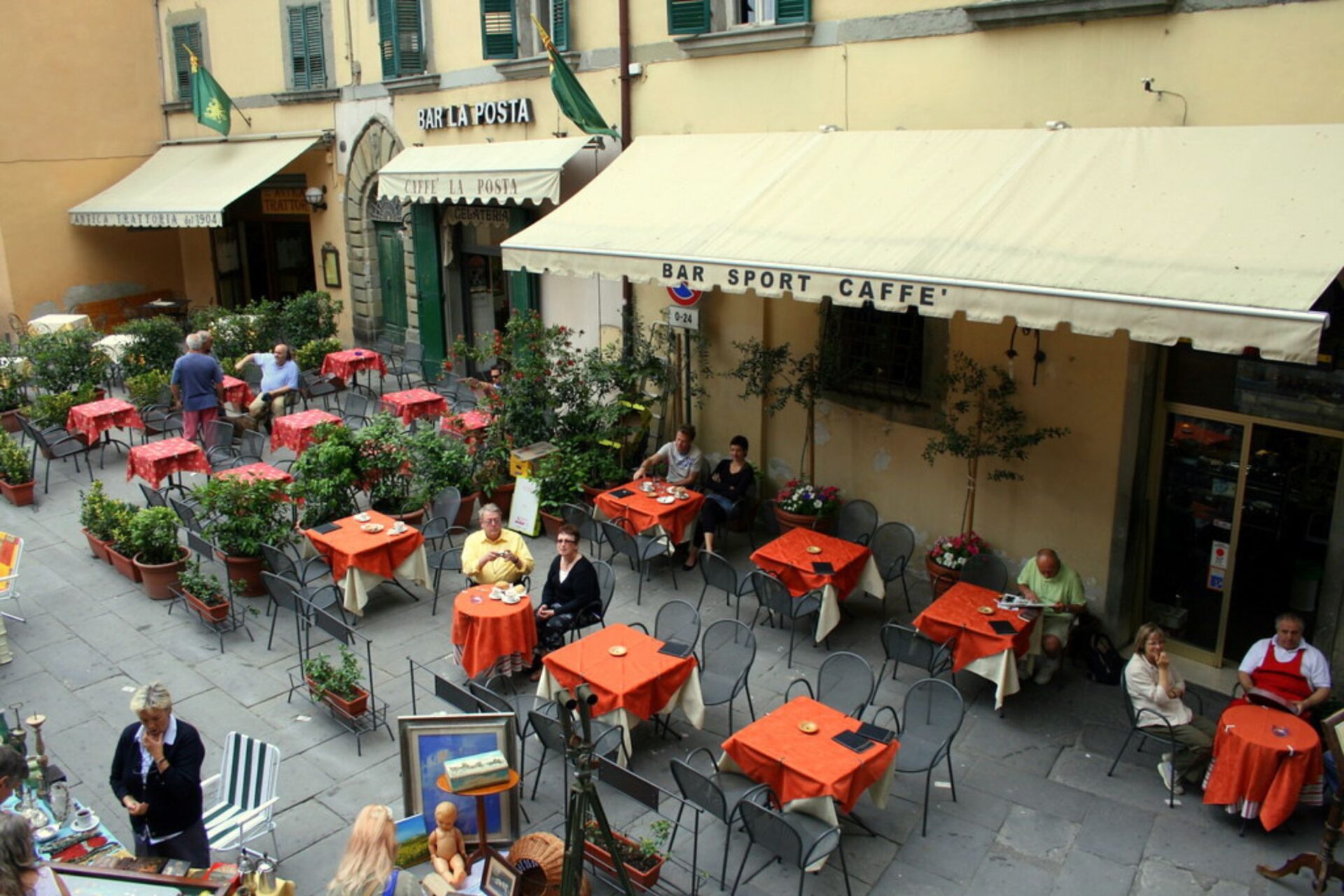
From Silk Road to South America: Global Wanderlust
Cortona’s perfect blend of history and beauty often sparks curiosity about ancient trade routes like the Silk Road. I’ve connected with fellow travelers who, after their Tuscan experience, ventured to explore the historic paths between East and West.
The agricultural valley surrounding Cortona reminds some of South America’s fertile landscapes. One couple I met in a local enoteca decided to explore Argentina’s wine country after falling in love with Tuscan vineyards.
Movies like “Under the Tuscan Sun” don’t just showcase Italy—they create a template for transformation through travel. For many, what begins as a simple Italian holiday evolves into global exploration spanning continents.
The vibrant mix of old and new in Cortona mirrors what travelers seek worldwide: authentic experiences that connect past and present.
Renovating and Reimagining: A New Life Under the Sun
Frances Mayes’ journey of restoration transformed not just an abandoned villa but her entire life, inspiring countless others to pursue their dreams of renewal in picturesque settings.
Bramasole: Renovation as a Journey of Self-Discovery
The renovation of Bramasole, Mayes’ Italian home, became much more than a construction project. This centuries-old villa near Cortona required extensive work beginning in 1996 when she purchased the abandoned property.
I visited the area last summer and was struck by how the honey-colored stone walls seemed to glow in the Tuscan light. The real restoration work actually began in 2006, four years after the filming of the movie starring Diane Lane.
What makes Bramasole special isn’t just its beauty but how it represents transformation. Each repaired wall and planted olive tree marked Mayes’ growing connection to Italy. The renovation process became a metaphor for rebuilding her life.
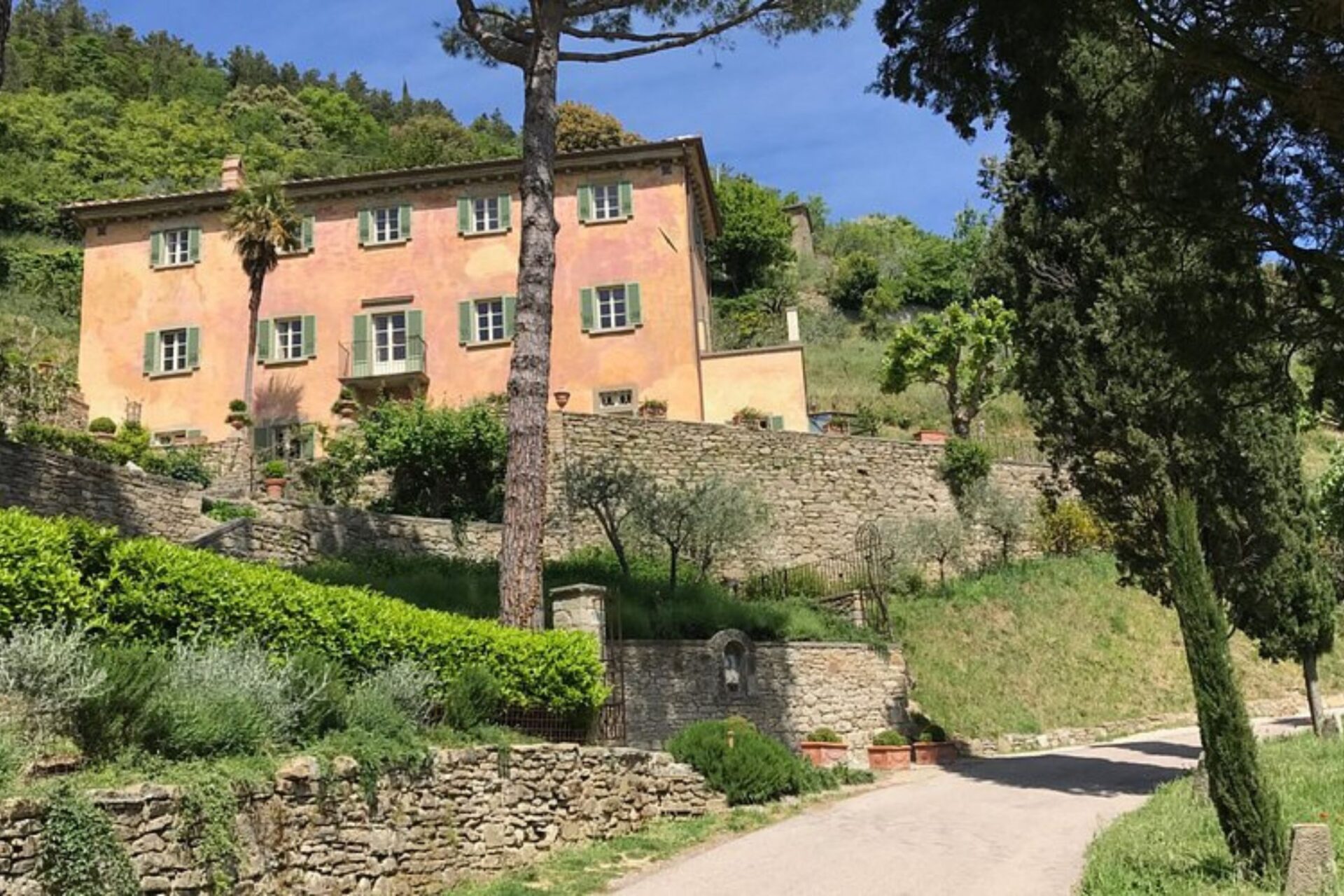
Image Source: Tripadvisor
The Influence of ‘Under the Tuscan Sun’ on Lifestyle Changes
After publication in 1996, “Under the Tuscan Sun” sparked what I call the “Tuscan dream” movement. Countless readers found themselves imagining similar life changes after following Mayes’ journey from college professor to expatriate homeowner.
The book and subsequent film created a blueprint for reinvention that resonated worldwide. I’ve met dozens of travelers in Florence who cite Mayes as their inspiration for visiting or even relocating to Italy.
Many people have adapted the core message to their own lives: renewal doesn’t require moving to Tuscany. The essence is about taking risks and embracing change. Whether that means starting a garden, learning Italian cooking, or completely relocating.
The authentic portrayal of challenges alongside rewards makes the story particularly compelling and achievable.

